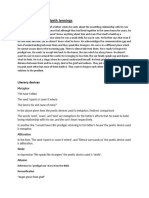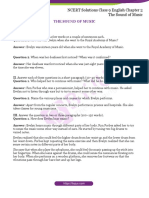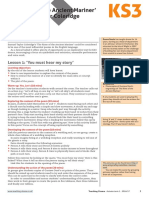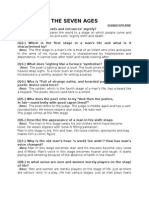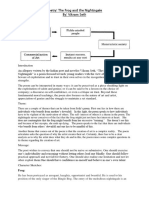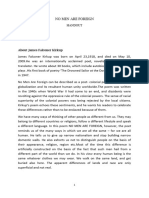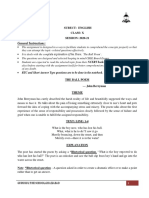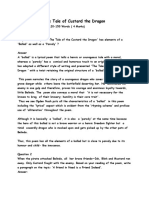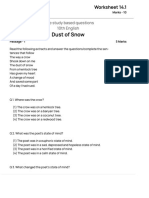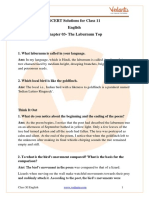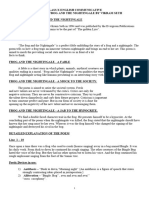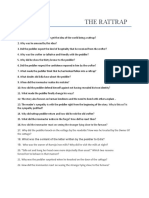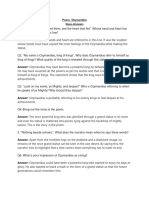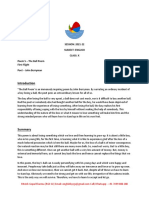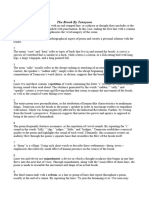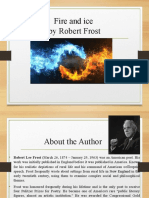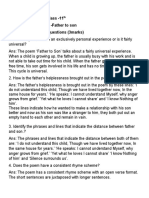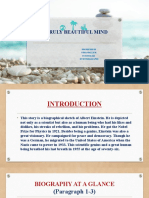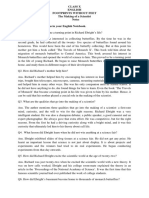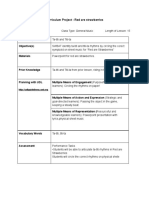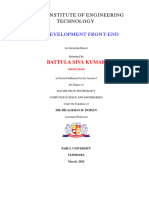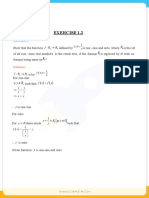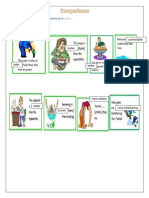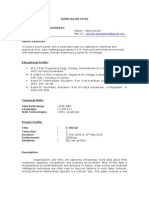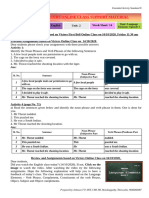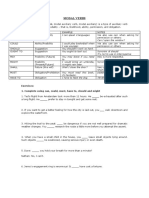100% found this document useful (1 vote)
1K views11 pagesGRADE 10 - A Shady Plot Pointers
A Shady Plot by Elsie Brown is a humorous ghost story featuring John Hallock, a struggling writer who encounters a ghost named Helen, leading to comedic misunderstandings with his wife, Lavinia. The narrative explores themes of writer's inspiration, supernatural intervention, and the humor found in miscommunication. The story concludes on a lighthearted note, resolving conflicts through humor and showcasing the unpredictability of creativity.
Uploaded by
Binod TharuCopyright
© © All Rights Reserved
We take content rights seriously. If you suspect this is your content, claim it here.
Available Formats
Download as PDF, TXT or read online on Scribd
100% found this document useful (1 vote)
1K views11 pagesGRADE 10 - A Shady Plot Pointers
A Shady Plot by Elsie Brown is a humorous ghost story featuring John Hallock, a struggling writer who encounters a ghost named Helen, leading to comedic misunderstandings with his wife, Lavinia. The narrative explores themes of writer's inspiration, supernatural intervention, and the humor found in miscommunication. The story concludes on a lighthearted note, resolving conflicts through humor and showcasing the unpredictability of creativity.
Uploaded by
Binod TharuCopyright
© © All Rights Reserved
We take content rights seriously. If you suspect this is your content, claim it here.
Available Formats
Download as PDF, TXT or read online on Scribd
/ 11



